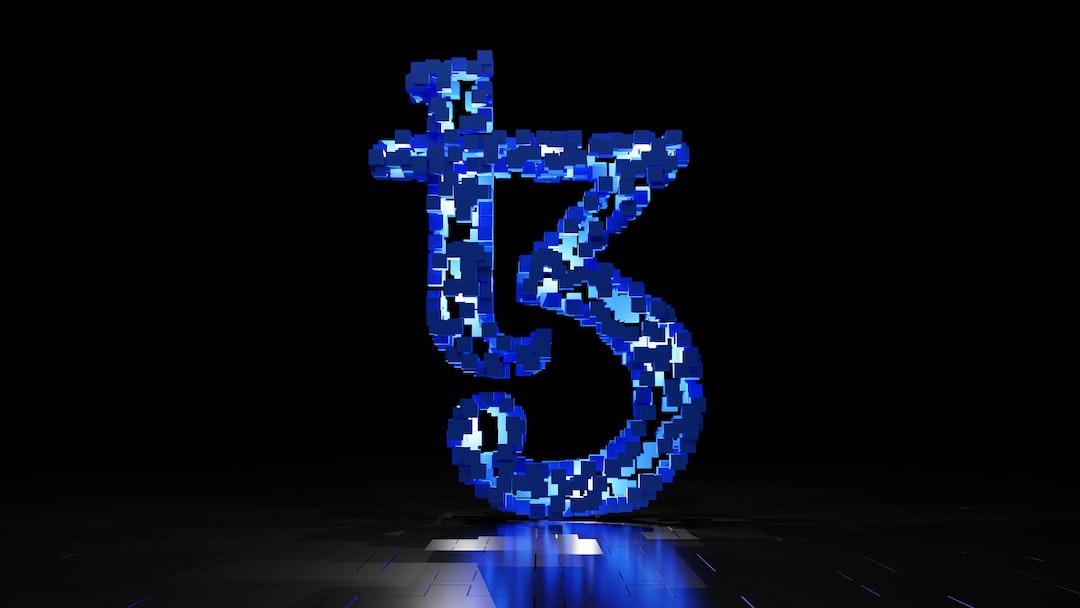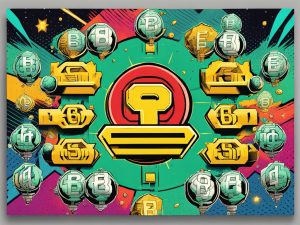How Polkadot’s Governance Model Sets it Apart from Other Cryptocurrencies
When it comes to cryptocurrencies, one of the key factors that sets them apart from traditional financial systems is the decentralized governance model. And within the cryptocurrency space, Polkadot stands out with its unique approach to governance. If you’re interested in cryptocurrencies and how they are governed, you’ll definitely want to pay attention to Polkadot’s innovative structure.
Understanding Polkadot’s Governance Model
Polkadot is a multi-chain network that allows different blockchain platforms to communicate and share information. However, what makes Polkadot truly unique is its governance model, which provides a clear framework for decision-making and upgrades within the network.
In the Polkadot ecosystem, governance decisions are made collectively by token holders through a transparent voting system. Unlike other cryptocurrencies where governance decisions are often made by a centralized entity or a select few, Polkadot empowers its community to actively participate in shaping the overall direction of the network.
In order to participate in the governance process, you need to hold DOT, the native token of the Polkadot network. Each DOT token holder has the ability to propose and vote on referenda, which are essentially proposals for changes or upgrades to the network. This means that as a DOT holder, you have a direct say in the evolution of Polkadot.
The Benefits of Polkadot’s Governance Model
Polkadot’s governance model offers several advantages over traditional centralized systems and even some other cryptocurrencies with governance protocols. Here are a few key benefits that set Polkadot apart:
- Decentralized Decision-making: With Polkadot, decision-making power is distributed among token holders, preventing a single entity from having complete control over the network. This decentralization promotes fairness and reduces the risk of manipulation or corruption.
- Transparency and Accountability: Polkadot’s governance model ensures transparency, as all proposals and voting results are publicly available on-chain. This level of transparency enhances accountability and trust within the community.
- Flexibility and Upgradability: Polkadot’s on-chain governance enables quick decision-making and implementation of upgrades. This flexibility allows the network to adapt and evolve rapidly in response to changing needs and advancements in technology.
- Inclusive Participation: The governance model ensures that all DOT holders have an equal opportunity to participate in the decision-making process. This inclusivity promotes community engagement and fosters a sense of ownership among token holders.
Common Concerns about Polkadot’s Governance Model
While Polkadot’s governance model offers numerous advantages, some concerns have been raised by the community. Here are a few frequently asked questions to help address these concerns:
1. Can’t large token holders manipulate the governance process?
Polkadot’s governance model utilizes a staking and bonding mechanism that discourages malicious behavior. This means that large token holders have a greater responsibility to act in the best interest of the network. Additionally, the transparency and accountability of the system make it difficult for manipulative actions to go unnoticed.
2. How are disputes or disagreements resolved within the governance system?
Disputes can arise within any governance system, including Polkadot’s. In such cases, token holders have the ability to propose referenda to settle disagreements or resolve disputes. The collective decision-making process ensures that the community’s voice is heard and taken into account.
3. How often are referenda proposed and voted upon?
The frequency of referenda proposals and votes can vary depending on the state of the network and its needs. However, Polkadot’s governance model encourages active community engagement, and referenda are typically proposed and voted upon regularly to ensure the network’s effective governance.
4. Can the governance model be changed in the future?
As with any dynamic system, Polkadot’s governance model has the potential to evolve over time. If the need arises, changes to the governance model can be proposed and voted upon by the community. This adaptability ensures that the governance structure remains responsive to the network’s growth and changing requirements.
In conclusion, Polkadot’s governance model sets it apart from other cryptocurrencies by empowering its community with direct decision-making power. The decentralized, transparent, and inclusive nature of the governance model promotes fairness, accountability, and rapid evolution. As an active participant in Polkadot’s governance, you can actively shape the future of the network and contribute to its growth.





 By
By
 By
By
 By
By
 By
By
 By
By